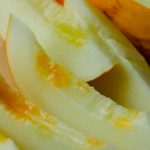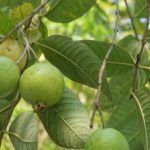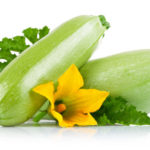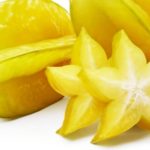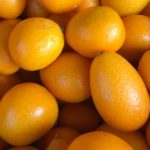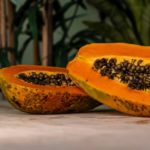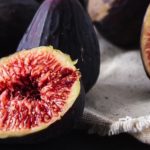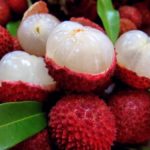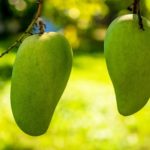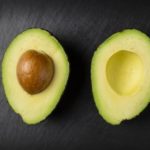27 interesting facts about melons
 Juicy melons are always popular not only in the growing countries, but also far beyond their borders. Their taste cannot be confused with any other – sweet, with a special texture of pulp … In addition, delicious desserts are prepared from melons. However, and just fresh they are surprisingly tasty, especially if they are ripe to the desired state.
Juicy melons are always popular not only in the growing countries, but also far beyond their borders. Their taste cannot be confused with any other – sweet, with a special texture of pulp … In addition, delicious desserts are prepared from melons. However, and just fresh they are surprisingly tasty, especially if they are ripe to the desired state.
They have found widespread use in traditional medicine in China, and everything is used – pulp, peel, seeds and even leaves.
In some Asian and African countries, fried melon seeds are eaten. However, they contain harmful substances, so there is no need to eat them.
Melon is a dietary product, in one hundred grams contains only about 30 kcal.
Like watermelon, melon consists of water for about 90-92%.
Tearing the melon unripe so that it “ripens” on its own in a dark and dry place is not worth it – the ripening process in it stops at the moment when it is ripped off the shoot.
In South and North America, melons appeared only after Europeans brought them there.
In Europe, the lights appeared for the first time in the Middle Ages, and quickly became popular. But at first they were not eaten, but healers and sorcerers actively used them to prepare various potions and powders.
Every year, every second Sunday of August in Turkmenistan, Turkmen Melon Day is celebrated.
Melons belong to the pumpkin plant family. As, however, and the aforementioned watermelons.
Dried melon tastes even sweeter than fresh.
The serpentine melon got its name because of the long and winding shoots. And its fruits, until they ripen, look like cucumbers – the same long and green.
In the Russian Empire, only very wealthy people could afford to enjoy melons.
Every fourth melon in the world is grown in China. This country holds the world leadership in the production of these fruits.
The Yubari King melon variety bred in Japan is the most expensive in the world. One small melon costs several thousand dollars.
The largest melon ever grown was a little over 200 kg. And they brought her up in Austria, a country not the hottest.
Regular eating these fruits helps cleanse the body of toxins and toxins. And all thanks to the high fiber content in them.
Eating melon, like eating chocolate, stimulates the production of serotonin, the so-called “hormone of happiness”.
Archaeologists have established that these fruits were grown by the ancient Egyptians.
In the wild, melons grow in Central Asia, India and Australia. No matter how they got to Australia – a mystery to scientists.
All in all, there are about two hundred varieties of melon.
In ancient times, the Arabs believed that this fruit accidentally fell to the ground directly from the Gardens of Eden.
The birthplace of melon is considered Central Asia.
It contains a huge amount of iron, useful for the body. About seventeen times more than in milk.
On one melon vine usually grows from two to eight fruits.
Sometimes the melon has a pleasant grassy smell. He means that she is not fully ripe.
On an empty stomach, eating these fruits is not worth it – it is fraught with an upset stomach.
It is better to avoid eating melon along with dairy products.
